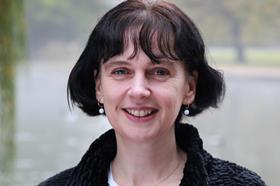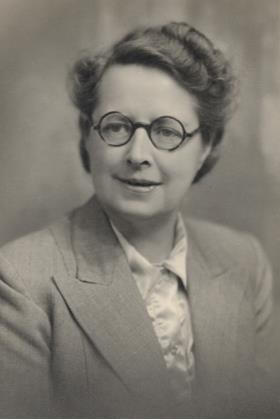
A year on from the centenary of the Sex Disqualification (Removal) Act 1919, we should not become complacent about the position of women within the legal profession. When the act received royal assent, the press reported an end to women’s inequality.
However, 101 years later the statistics on women in law make difficult reading. In March 2020 the SRA reported that, although women make up 49% of lawyers in law firms, when it comes to seniority, just 34% of partners are female. The statistics are worse at the bar; in December 2019, the Bar Standards Board reported that women constituted just 38% of practitioners. Only 16.2% of QCs are women.
Inequality was reflected in pay, with the Law Society reporting in 2019 that the solicitors’ profession had a median pay gap of 8.3%. The numbers are explained by an imbalance of male and female staff in executive director roles. So the idea that the Sex Disqualification (Removal) Act in 1919 achieved equality was wrong. It was just the start and we are still waiting.
Yet, contemporary newspapers proclaimed that the act meant an end to inequality. In July 1919 the Lancashire Evening Post reported that the act would remove ‘all’ legal and civil disabilities under which women laboured in 1919. Likewise, in August 1919 the Sphere reported that the Sex Disqualification Removal Bill would enlarge the ‘borders’ of womankind and remove ‘all disqualification’ of women. Women, the Sphere continued, could not have ‘dreamt’ that their legal disabilities would disappear so ‘quickly’. In a similar vein, in December 1919 the Middlesex County Times reported that all barriers to the professions had been removed by the act and that women could now fill ‘all’ roles.
It is notable that feminists such as Millicent Fawcett and Ray Strachey were ambivalent about the act, preferring earlier, parliamentary bills that did not pass.
Women did not need to wait until 2020 to understand that the act was not the success the newspapers or government promised; the problems were there from the start. For example, would-be women barristers complained of being made to feel uncomfortable when dining. There were many unpleasant incidents, such as the Gray’s Inn treasurer drunkenly denouncing women members. Women such as Helena Normanton (and later Gladys Chatterjee) would have seen their previous, sterling academic record destroyed when they received poor bar finals results, presumably the result of conscious bias.

Later, problems arose when women barristers tried to find pupillage or tenancies. Clerks viewed women as a ‘bad investment’. When Normanton applied for a pupillage she received a reply from the clerk, that his ‘[H]ead of Chambers would not approve’, because he had ‘old-fashioned principles’ and a lady in chambers would be too ‘upsetting for him’.
In 1922, 10 women were called to the bar and four women were admitted to the roll of solicitors. Evidence that the act did not usher in equality can be seen from the careers of the first cohort of women barristers. Legal practice was difficult unless the woman had a male ‘gatekeeper’.
The first four women solicitors fared a little better than the early barristers, probably because of their family connections. In 1922 Carrie Morrison became the first woman solicitor to be entered on the roll. She married a colleague in the firm she worked for and together they set up a legal partnership. Mary Sykes started her practice in her father’s firm. Mary Pickup married the solicitor she worked for in 1910 and became articled to him after the act was passed. Maud Crofts (one of four claimants in Bebb v The Law Society) was the daughter of a barrister, who spent the first world war working in a solicitor’s office. It can be no coincidence that the women who stayed in gainful practice had some family ‘champion’ – the act may have given formal equality but it did not confer substantive equality. One needed networks and connections.
We know of the careers of seven of the first women barristers. Only two had legal family connections. Naomi Constance Wallace was the daughter of a QC, but we know little else about her. Ivy Williams’ father was a solicitor, but she became an academic. Sybil Campbell’s grandfather was a judge, but she found it difficult to stay in chambers and had to take paid employment, before finally becoming the first woman stipendiary magistrate. The other non-connected women struggled. Helena Normanton and Monica Geikie Cobb both appear to have stayed in practice until retirement, with Normanton becoming one of the first female QCs. Even Normanton had to supplement her income with journalism. We have little details as to how lucrative Cobb’s practice was.
Auvergne Doherty held an ambition to practise but instead had to earn a living as a secretary. Theodora Llewelyn Davies left the bar on marriage (as was the patriarchal norm), despite practising criminal law. She became a penal reformer along with her husband, Roy Calvert. Ethel Bright Ashford became a Westminster councillor, while keeping a name on the chambers door. The last woman of that cohort was Beatrice Honour Davy, who became a solicitor in 1931 because she could not afford to stay at the bar. This was not what was promised; the bar did not welcome women.
Dr Judith Bourne is a programme director for law and an associate professor at St Mary’s University, Twickenham































2 Readers' comments